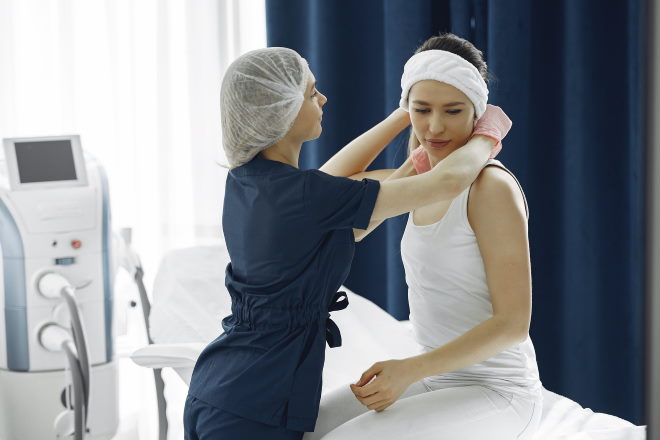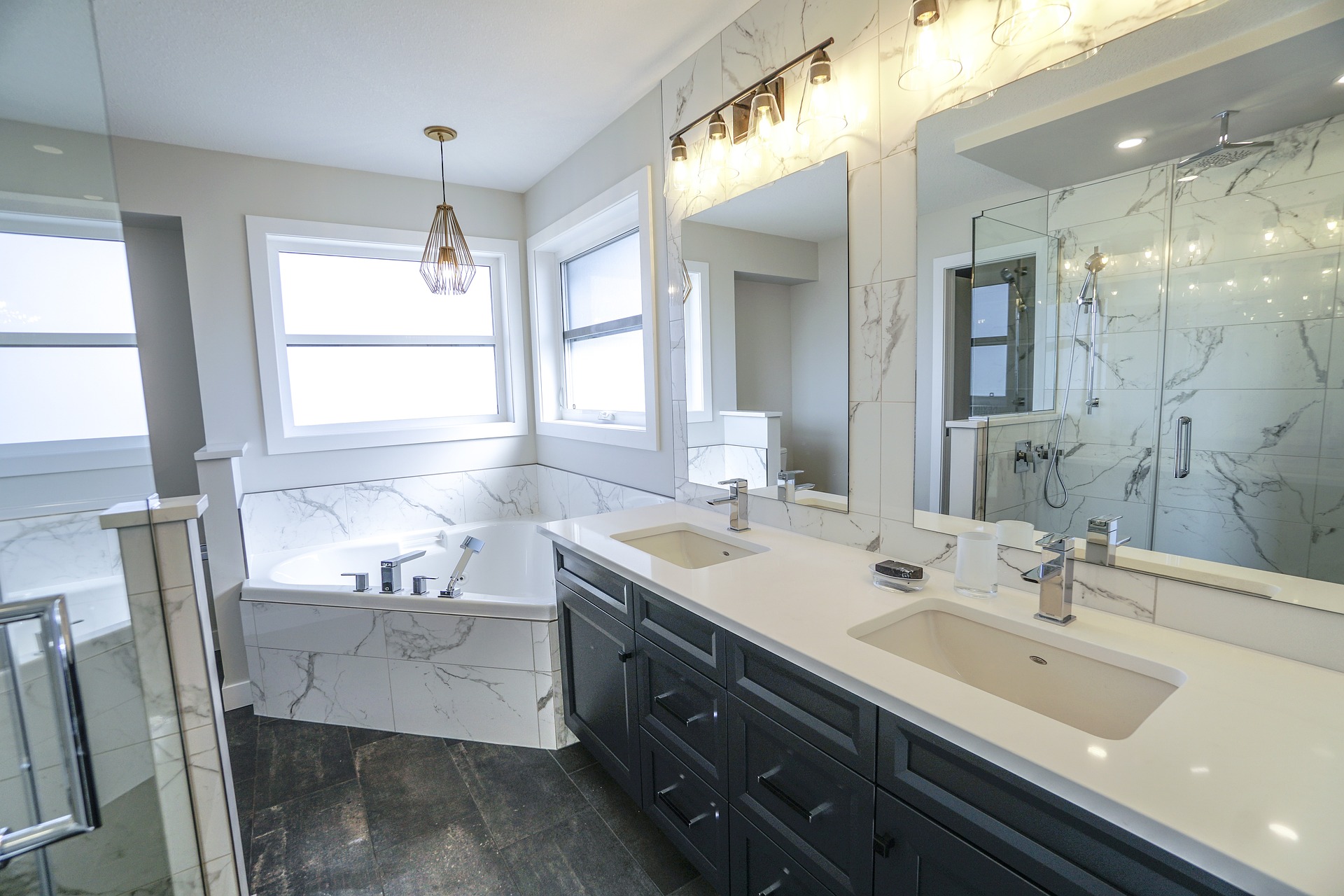Reconstructive Rhinoplasty: Balancing Form and Function
Reconstructive rhinoplasty represents a specialized surgical approach that goes beyond cosmetic enhancement to restore both the appearance and functionality of the nose. This sophisticated procedure addresses structural abnormalities resulting from trauma, birth defects, or previous surgeries, helping patients regain confidence and improve breathing capabilities simultaneously.

Reconstructive rhinoplasty is a specialized surgical procedure that addresses both aesthetic concerns and functional issues of the nose. Unlike purely cosmetic rhinoplasty, reconstructive procedures focus on restoring normal appearance and proper breathing function following trauma, congenital defects, or previous unsuccessful surgeries. This comprehensive approach requires advanced surgical techniques and a deep understanding of nasal anatomy to achieve optimal outcomes for patients seeking both form and function restoration.
Understanding Reconstructive Rhinoplasty: Form & Function
Reconstructive rhinoplasty differs significantly from cosmetic rhinoplasty in its primary objectives. While cosmetic procedures focus mainly on enhancing appearance, reconstructive surgery addresses fundamental structural problems that impact both aesthetics and function. Common conditions requiring reconstructive intervention include deviated septum, nasal valve collapse, saddle nose deformity, and cleft lip/palate-related nasal deformities.
The dual goals of form and function make reconstructive rhinoplasty particularly challenging. Surgeons must carefully balance aesthetic improvements with functional restoration, ensuring that changes to the nasal structure enhance breathing while creating a natural-looking nose that harmonizes with the patient’s facial features. This delicate balance requires specialized training and experience in both plastic surgery and otolaryngology (ear, nose, and throat medicine).
Exploring Advanced Reconstructive Rhinoplasty Techniques
Modern reconstructive rhinoplasty employs various sophisticated techniques to address complex nasal deformities. Cartilage grafting stands as one of the most important methods, using tissue harvested from the septum, ear, or rib to rebuild and strengthen nasal structures. These grafts provide crucial support for collapsed areas while creating natural contours.
For cases involving significant tissue loss, surgeons may utilize flap techniques where skin and underlying tissues are moved from adjacent areas to cover defects. More complex cases might require tissue expansion, where balloons placed under the skin gradually stretch it to create additional tissue for reconstruction. Computer-aided design and 3D printing have also revolutionized planning for complex cases, allowing surgeons to create precise models of the desired outcome before entering the operating room.
Key Benefits of Reconstructive Nose Surgery
The benefits of reconstructive rhinoplasty extend far beyond cosmetic improvements. Patients with breathing difficulties due to structural abnormalities often experience dramatic quality-of-life improvements following surgery. Proper nasal airflow restoration can resolve chronic issues like sleep disturbances, exercise limitations, and frequent sinus infections.
Psychological benefits also prove significant, as many patients with visible nasal deformities experience social anxiety and reduced self-confidence. Reconstructive procedures can help restore normal appearance, allowing patients to feel comfortable in social situations without self-consciousness about their appearance. For those who have experienced trauma, reconstructive surgery often represents an important step in the emotional healing process by restoring their pre-injury appearance or creating a natural-looking alternative.
Recovery After Reconstructive Rhinoplasty: What to Expect
Recovery from reconstructive rhinoplasty typically follows a predictable timeline, though individual experiences vary based on the procedure’s complexity. The initial recovery phase spans approximately 1-2 weeks, during which patients experience swelling, bruising, and discomfort. Nasal packing and splints are typically removed within the first week, providing significant relief.
Patients should expect breathing through the nose to remain difficult for several weeks as internal swelling subsides gradually. Most individuals can return to light activities within two weeks, though strenuous exercise should be avoided for at least six weeks to prevent complications. It’s important to understand that while initial healing occurs relatively quickly, the final results of reconstructive rhinoplasty may take 12-18 months to fully manifest as swelling completely resolves and tissues settle into their new configuration.
Reconstructive Rhinoplasty Cost & Insurance Coverage
Reconstructive rhinoplasty costs vary significantly based on case complexity, surgeon expertise, geographic location, and facility fees. Unlike purely cosmetic procedures, reconstructive rhinoplasty often qualifies for insurance coverage when medical necessity can be demonstrated.
| Procedure Type | Average Cost Range | Potential Insurance Coverage |
|---|---|---|
| Basic Functional Correction | $5,000 - $9,000 | Often covered with documented breathing issues |
| Trauma Reconstruction | $8,000 - $15,000 | Usually covered with proper documentation |
| Revision Rhinoplasty | $10,000 - $25,000 | Partially covered if addressing functional issues |
| Complex Congenital Correction | $15,000 - $30,000+ | Generally covered with proper diagnosis |
Prices, rates, or cost estimates mentioned in this article are based on the latest available information but may change over time. Independent research is advised before making financial decisions.
Insurance coverage typically requires thorough documentation of medical necessity, which may include imaging studies, breathing tests, and detailed medical history. Most insurance providers cover procedures addressing documented breathing difficulties, nasal obstruction, or reconstruction following trauma or cancer surgery. However, any purely cosmetic elements of the procedure will likely remain the patient’s financial responsibility.
Patients should work closely with both their surgeon and insurance provider before surgery to understand coverage limitations and potential out-of-pocket expenses. Many surgical practices offer financial counseling and payment plans to help manage costs not covered by insurance.
Reconstructive rhinoplasty represents a sophisticated blend of science and artistry that requires specialized surgical expertise. When performed by qualified surgeons, these procedures can dramatically improve both function and appearance, helping patients breathe easier and feel more confident. The decision to pursue reconstructive rhinoplasty should involve careful consideration of the potential benefits, recovery process, and financial aspects, always in consultation with experienced medical professionals who can provide personalized guidance.
This article is for informational purposes only and should not be considered medical advice. Please consult a qualified healthcare professional for personalized guidance and treatment.




